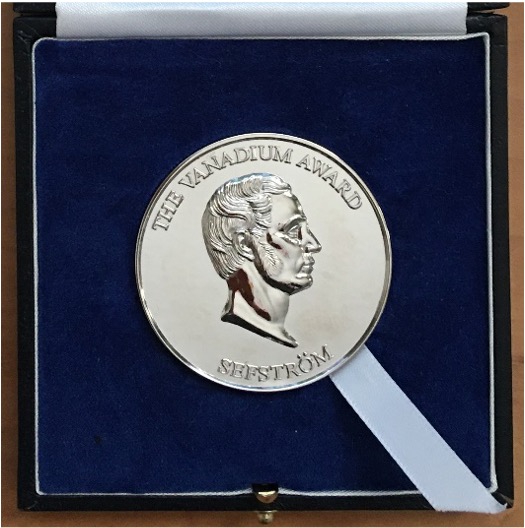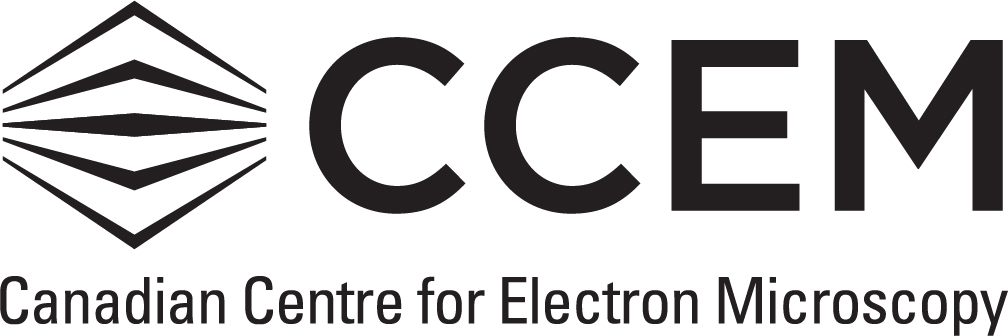Vanadium Award (Retrospective) 2023: Recognizing Excellence in Vanadium Metallurgy

A collaborative team from multiple institutions, including Ph.D. student Chen Gu and her supervisors, Professors Nabil Bassim and Hatem Zurob, from the Department of Materials Science and Engineering and the Canadian Centre for Electron Microscopy (CCEM) at McMaster University, alongside researchers from CanmetMATERIALS Laboratory (Hamilton, Canada) and EVRAZ North America, has been honored with the Institute of Materials, Minerals, and Mining’s (IOM3) prestigious 2023 Vanadium Award. This accolade recognizes the year’s most outstanding paper in the metallurgy and technology of vanadium and its alloys.
The research team was formally recognized during the 2024 IOM3 Award Day, held on Thursday, 5 December 2024, in London, UK. Their award-winning paper, titled “Evolution of the microstructure and mechanical properties of a V-containing microalloyed steel during coiling,” was published in Materials Science & Engineering A 880 (2023) 145332 (DOI: 10.1016/j.msea.2023.145332).
Key Findings of the Study
The study provided significant insights into the evolution of microstructures and mechanical properties in vanadium-containing microalloyed steel during coiling at 500°C. The research leveraged advanced characterization techniques available at CCEM to analyze the formation of nano-precipitates (<10 nm) and their impact on material properties.
Key findings of the study include:
- Nano-precipitates, primarily composed of vanadium (V) and nitrogen (N), were heterogeneously distributed in areas with a high Kernel Average Misorientation (KAM). These areas contained a higher number of dislocations, which served as nucleation sites for the precipitates.
- The tensile flow curves of the samples exhibited extended elastoplastic regions, attributed to microstructural heterogeneity and microscopic residual stresses.
- The precipitation strengthening effect was found to be relatively small and was counterbalanced by softening due to bainite aging and the associated recovery of dislocations.
Collaborative and Financial Support
This research was made possible through financial support from the Natural Sciences and Engineering Research Council of Canada (NSERC) and EVRAZ North America. The advanced characterization work was conducted at the Canadian Centre for Electron Microscopy, a national facility supported by the Canada Foundation for Innovation, NSERC, and McMaster University.
The recognition of this research with the IOM3 Vanadium Award underscores the significance of collaborative efforts in advancing materials science and metallurgy. The award-winning study not only contributes to the fundamental understanding of vanadium-containing steels but also has implications for industrial applications in improving steel performance through microstructural engineering.
About the Vanadium Award
The Vanadium Award, presented by IOM3, celebrates outstanding contributions to the metallurgy and technology of vanadium and its alloys. This annual recognition highlights pioneering research that advances scientific knowledge and technological innovation in the field.
Uncategorized
